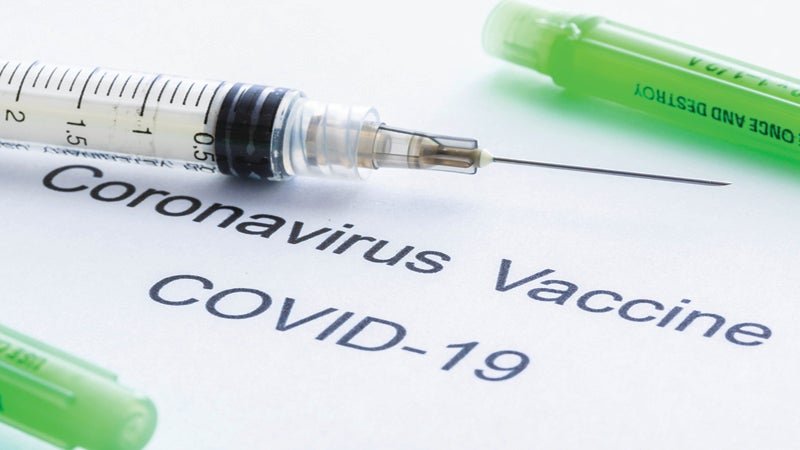Hollibaugh: Understanding Seizures and Epilepsy
Published 12:00 am Tuesday, November 26, 2019

- Becky Hollibaugh, DO. Ochsner Medial Center LaPlace
Seizures can be one of the scariest medical conditions to witness. They seem to come out of nowhere, and an onlooker can feel helpless. Fortunately, there are good medications available to help control seizures and proper first aid is straightforward. Someone who has had two or more unprovoked seizures (those not associated with another cause, such as fever, extremely low blood sugar, or alcohol withdrawal) is said to have epilepsy.
Epilepsy is the fourth most common neurological disorder and is typically a chronic condition. It occurs when the brain produces abnormal electrical discharges. Often, the cause is unknown, and the number of seizures and their severity can vary from person to person. There’s no known cure, but the condition can be well managed with medication.
Seizure types
Tonic-Clonic: Not all seizures resemble the convulsive behavior shown on TV. That’s a tonic-clonic seizure, and what most people think of when they hear the word. These usually last between one and three minutes. The person often experiences stiff muscles, loss of consciousness and rapid jerking movements.
Absence: An absence seizure typically lasts 10 to 12 seconds. The person abruptly stops all activity and stares blankly. Sometimes the eyes turn upward and the eyelids flutter.
Atonic: During an atonic seizure, or drop attack, the muscles suddenly go limp, causing the person to fall.
Focal aware: A focal aware seizure is often described as feeling frozen, although the person is conscious and aware when it’s happening. A focal-impaired seizure may or may not cause a loss of awareness. It’s typically accompanied by involuntary movements, such as hand rubbing, lip smacking, or bicycle motions.
How Is Epilepsy Treated?
Finding the right medication requires communication with a healthcare provider. While not all medications work for every patient, changing the dosage or the formula may be beneficial. Other treatments include specific therapeutic diets, nerve stimulation, behavioral therapy and brain surgery.
What to Do If You See Someone Having a Seizure
During a seizure, the goal is to keep the person safe until the seizure passes or emergency help arrives. The Epilepsy Foundation recommends the Stay, Safe, Side method of basic first aid for seizure patients.
- STAY with the person and time the seizure from beginning to end. Call 911 if it lasts more than five minutes, or the person does not fully return to himself or herself, and remain nearby until emergency help arrives.
- Keep the person SAFE from potential hazards, especially if they seem confused or are not awake and aware. Don’t put anything in their mouths or try to restrain them in any way.
- Turn the person on his or her SIDE if not awake and aware, pointing the mouth toward the ground, and place something small and soft under the head. Stay with them until they are fully awake and aware and emergency help arrives.
Dr. Becky Hollibaugh offers family medicine services in LaPlace. She received her medical degree from Des Moines University College of Osteopathic Medicine. To schedule an appointment with her at Ochsner Health Center- LaPlace Medical (735 W. 5th Street), please call 985-652-9504 or schedule online at ochsner.org.





